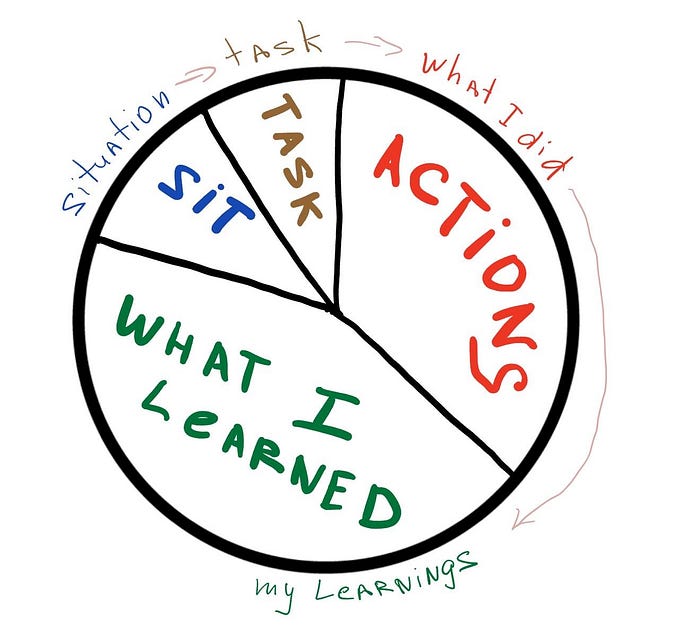Member-only story
Disability / Accessibility Language Choices
There is global and personal variation on what is considered acceptable and preferable. This is how I decide what language to use.

Authors note: Because of Medium’s refusal to address its accessibility issues for both authors and readers, I’ve moved my last three years of blogs to Substack. Please sign up there for notices of all new articles. Also, I will be updating older articles (like this one) and the updates will only be published on Substack. Thank you for your continued readership and support.
In the first part of this three-part article, I talked about the four different sociological models of disability. To recap, we have:
- The charitable model of disability
- The medical model of disability
- The social model of disability
- The identity model of disability. This is my creation, I think. Don’t google it just yet.
Given that you may be code-switching between these models even within the same conversation, the $64,000 question is — what language to use when referring to someone’s disability?







